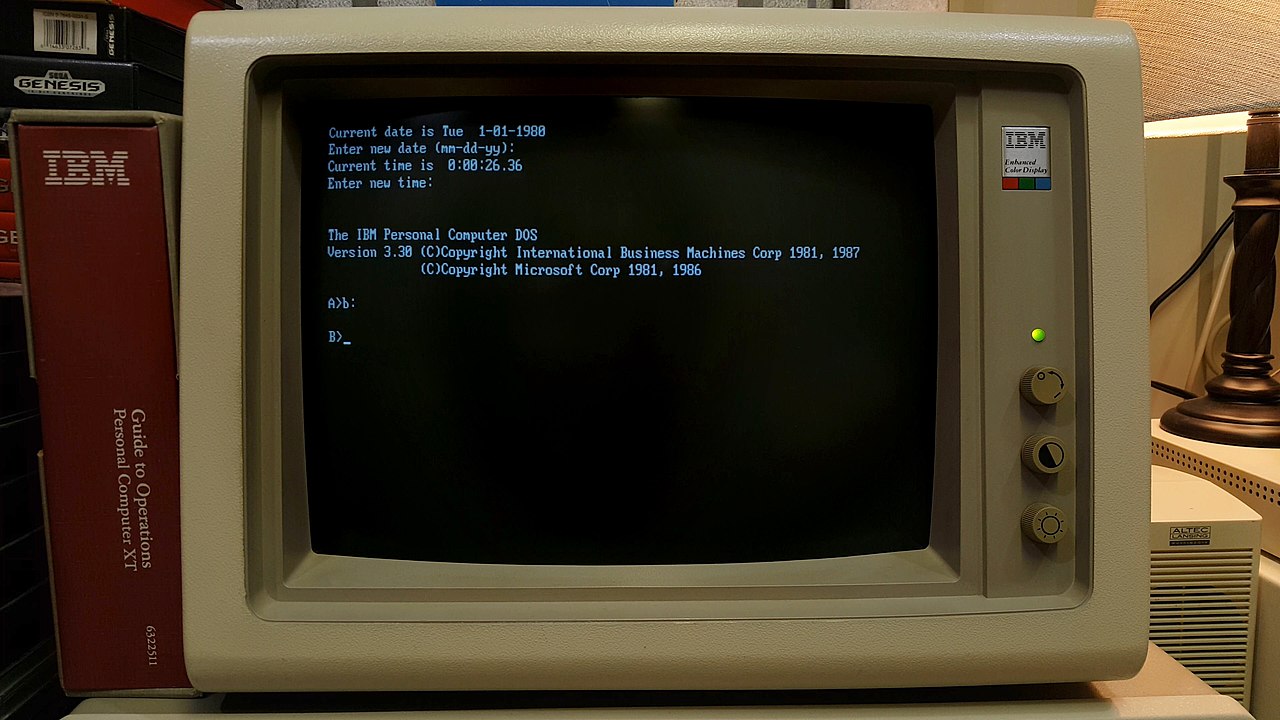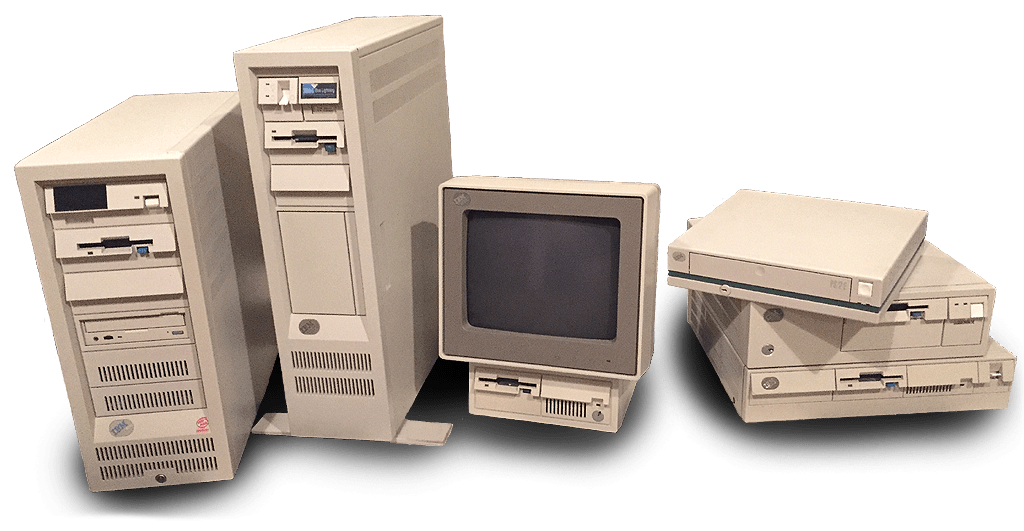Almost every household around the world has at least one desktop computer or laptop, as the computer is now considered one of the most important devices to have at home. The computer does a variety of tasks and functions, it can be used to write homework or even office work, and it can also be utilized for research and also for entertainment since most computers can play HD video games and movies.
The advancement of technology when it comes to computers is all thanks to the efforts done by multiple companies in the past to innovate and reinvent how we use the computer today, and one of the companies that made significant changes to the industry is International Business Machines Corporation, which is better known as IBM.
Before personal computers were used at home, they were first used for business purposes not because a regular household can’t afford it, but because of how fast they can handle transactions and analytics for companies. One of the most known personal computers used for businesses was the IBM Model 5150, or the IBM Personal Computer, that was launched in 1981. However, IBM was not the first company to use the term “personal computer” in their machines. To know more about the inception of the term and the beginnings of IBM’s personal computer business, let us dive into the history of the IBM Model 5150.
Personal Computers
Before IBM inserted the words “personal computer” into their models, the terms were already being used in a number of computers in the market, one of which being the Xerox PARC Alto computer, which was released in 1972. Interestingly, the Alto computer is considered as one of the first machines that have mouse inputs and a graphical UI that made it easier for the users to utilize the machine.
The market for microcomputers was booming during the late 70s up to the early 80s, as many businesses and government offices started replacing their bulky and heavy computers with the smaller and compact microcomputers that are relatively cheaper in price but higher in quality. Among the most popular microcomputers in the period are the Apple II, the Commodore PET, and the line of Atari 8-bit computers.
The First IBM Microcomputer
Seeing that the computer industry is slowly transitioning to favor smaller machines, IBM decided that they should start making microcomputers. The company’s first effort of tapping into the microcomputer market was the IBM 5100, which is a complete model that has a mouse, a keyboard, a monitor, and massive data storage. But the only problem with the IBM 5100 is that it was quite expensive, as one unit typically costs more than $15000, and the computer’s high price tag prevented it from getting the same success as the other microcomputers released during 1975.
After a few years, however, IBM will try to gain success at the market again and release a new model that will eventually turn into one of the most bought personal computers in the 80s.
The IBM 5150
While planning to build a new model that will serve as the successor to the 5100, IBM thought about buying Atari, one of their rivals in the industry, as a way for the gaming company to help them in making a new microcomputer. But after careful planning, they decided that they should build their own models without needing the help of Atari.
One of the biggest hurdles for IBM in creating an innovative new model was its operating system, as their previous OS was designed to cater to researchers or scientists and not to businessmen who are the primary consumers of the microcomputer market.
In order to make a new OS while focusing on building a proper model for the new microcomputer, they asked a small company to build the operating system for them, and that company was called Microsoft.
It was in July 1980 when IBM first set a meeting with Microsoft’s founder Bill Gates to discuss the intricacies of creating an operating system for their new computer.
But even before that meeting, a computer engineer named Philip Don Estridge, along with 12 other engineers were already busy creating the hardware for the new IBM model. The team was first debating on whether they should install powerful processors like the Motorola MC68000 and the Intel 8086 to the computer, but they have decided to go with a processor that has less power, which is the Intel 8088, to lower the cost of production.
As the building for the new model was nearing its end 9n 1980, IBM gave Microsoft only a short timeframe to create a new operating system. As Microsoft was unable to build an OS for the latest IBM model, Bill Gates settled with buying the rights for a hacked OS called the QDOS that was created by a company called Seattle Computer Products.
The QDOS, which is believed to be an abbreviation for “Quick and Dirty Operating System,” was renamed as the PC-DOS, but its name will eventually change again into MS-DOS.
After combining the operating system by Microsoft with the latest hardware made by Estridge’s team, the IBM 5150 was officially launched on August 12, 1981, at a press conference held at the Waldorf Astoria ballroom in New York City. It was during that conference that many companies or businesses started ordering 5150s after seeing what it is able to do and its advantages over other personal computers.
Another aspect that made the IBM 5150 a massive success during that time is its price tag, as it only costs $1565, which is cheaper than most personal computers that are available in that period. Along with its ability to compute and analyze data, the 5150 was also capable of reading diskettes and playing video games, but you would need special accessories for the model to do those tasks. In addition, there is also a printer that can be added with the computer so that it will be able to print texts on a piece of paper.
The Eventual Fall of the IBM PC
In the years following the triumphant launch of the 5150, the computers that IBM released after their most popular model was not as successful, as other companies such as Microsoft and HP were able to manufacture and build cheaper hardware and software that is more suitable for home and office use.
However, specific IBM models like the Personal System/2 were still being used in the 1990s up to the early 2000s in banking and other industries that need high-speed computers to analyze and compute data.
IBM eventually sold its personal computer manufacturing business to Lenovo in 2005, and because of the huge marketing strategies put out by Lenovo, the company was able to put the acquired business to good use as they are now one of the largest vendors of personal computers in the market.
Today, some parts and accessories of the IBM 5150 are currently considered as collector’s items for computer enthusiasts and hobbyists. One of the most prized accessories of the 5150 was its Model F keyboard, which is renowned as the second-best keyboard in terms of typing feel right next to the Model M, which is also manufactured by IBM.


